Billionaire Elon Musk’s Space Exploration Technologies Corp. is in talks to raise new capital at a valuation of about $44 billion, according to people with knowledge of the matter.
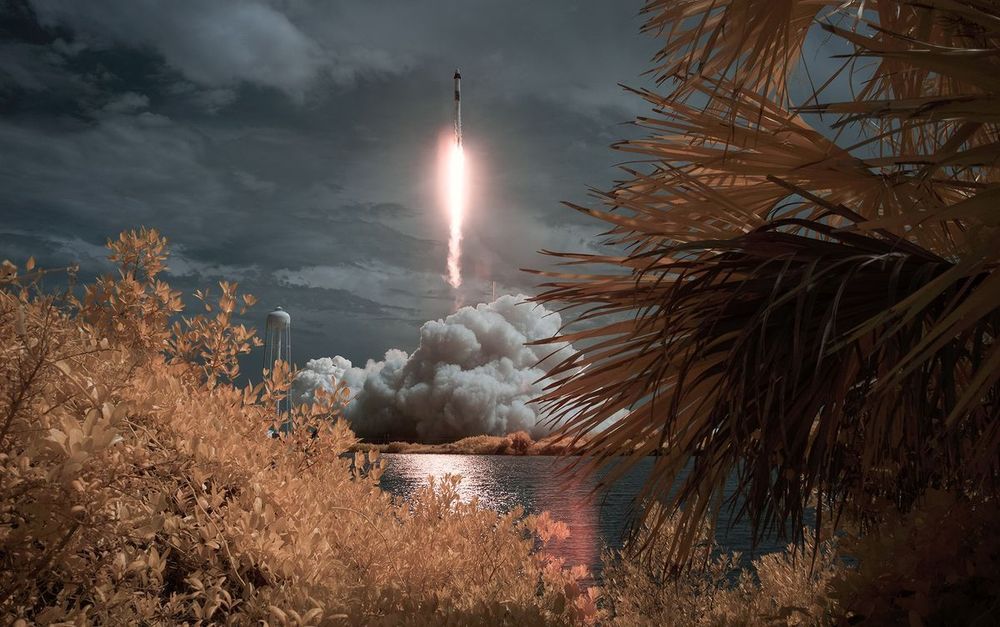

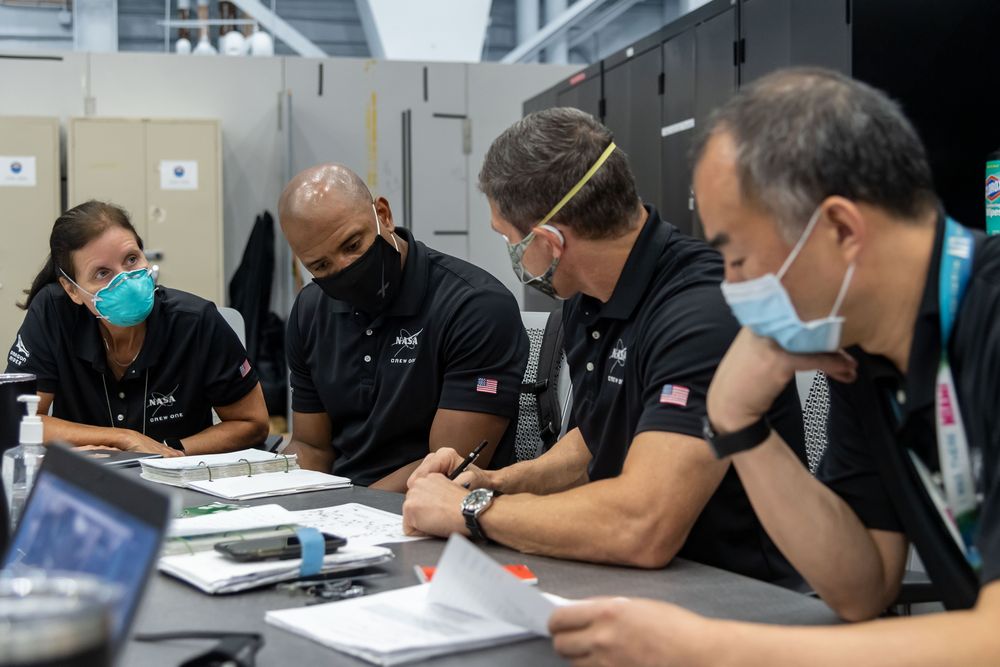
Media accreditation now is open for NASA’s SpaceX Crew-1 mission to the International Space Station – the first operational flight of the SpaceX Crew Dragon spacecraft on a Falcon 9 rocket after certification by NASA for regular flights to the space station.
The launch is targeted for no earlier than late-September, following a successful return from the space station and evaluation of NASA’s SpaceX Demo-2 test flight with NASA astronauts Robert Behnken and Douglas Hurley.
Crew Dragon commander Michael Hopkins, pilot Victor Glover, and mission specialist Shannon Walker – all of NASA – along with Japan Aerospace Exploration Agency (JAXA) mission specialist Soichi Noguchi will launch on the Crew-1 mission from Launch Complex 39A at NASA’s Kennedy Space Center in Florida.
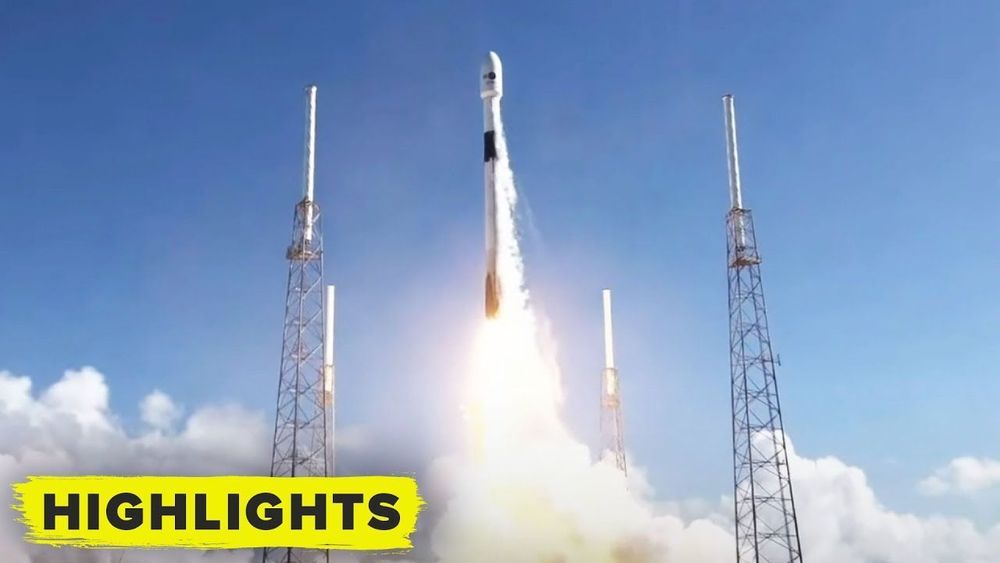
SpaceX triumphed with its first full fairing catch in a pair of giant nets at sea.
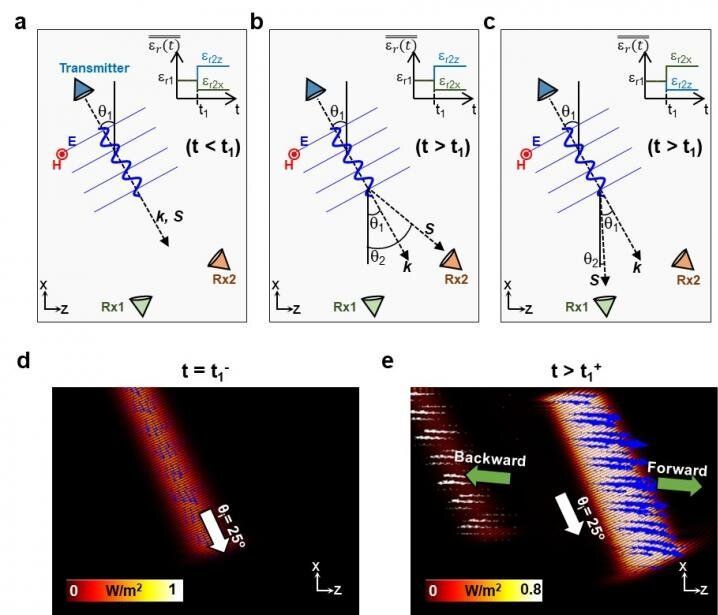
Tailoring and manipulating electromagnetic wave propagation has been of great interest within the scientific community for many decades. In this context, wave propagation has been engineered by properly introducing spatial inhomogeneities along the path where the wave is traveling. Antennas and communications systems in general have greatly benefited from this wave-matter control. For instance, if one needs to re-direct the radiated field (information) from an antenna (transmitter) to a desired direction and reach a receiving antenna placed at a different location, one can simply place the former in a translation stage and mechanically steer the propagation of the emitted electromagnetic wave.
Such beam steering techniques have greatly contributed to the spatial aiming of targets in applications such as radars and point-to-point communication systems. Beam steering can also be achieved using metamaterials and metasurfaces by means of spatially controlling the effective electromagnetic parameters of a designed meta-lens antenna system and/or using reconfigurable meta-surfaces. The next question to ask: Could we push the limits of current beam steering applications by controlling electromagnetic properties of media not only in space but also in time (i.e., 4D metamaterials x, y,z, t)? In order words, would it be possible to achieve temporal aiming of electromagnetic waves?
In a new paper published in Light Science & Applications, Victor Pacheco-Peña from the School of Mathematics, Statistics and Physics of Newcastle University in UK and Nader Engheta from and Department of Electrical and Systems Engineering of the University of Pennsylvania, USA have answered this question by proposing the idea of temporal metamaterials that change from an isotropic to an anisotropic permittivity tensor. In this concept, the authors consider a rapid change of the permittivity of the whole medium where the wave is traveling and demonstrated both numerically and analytically the effects of such a temporal boundary caused by the rapid temporal change of permittivity. In so doing, forward and backward waves are produced with wave vector k preserved through the whole process while frequency is changed, depending on the values of the permittivity tensor before and after the temporal change of permittivity.

Elon Musk confirmed that Tesla plans to use a different alloy for the upcoming Cybertruck electric pickup.
When Tesla unveiled the Cybertruck last year, one of the most interesting features was the fact the vehicle isn’t going to be built using a traditional automotive body system but with an exoskeleton.
The automaker wrote about the exoskeleton:
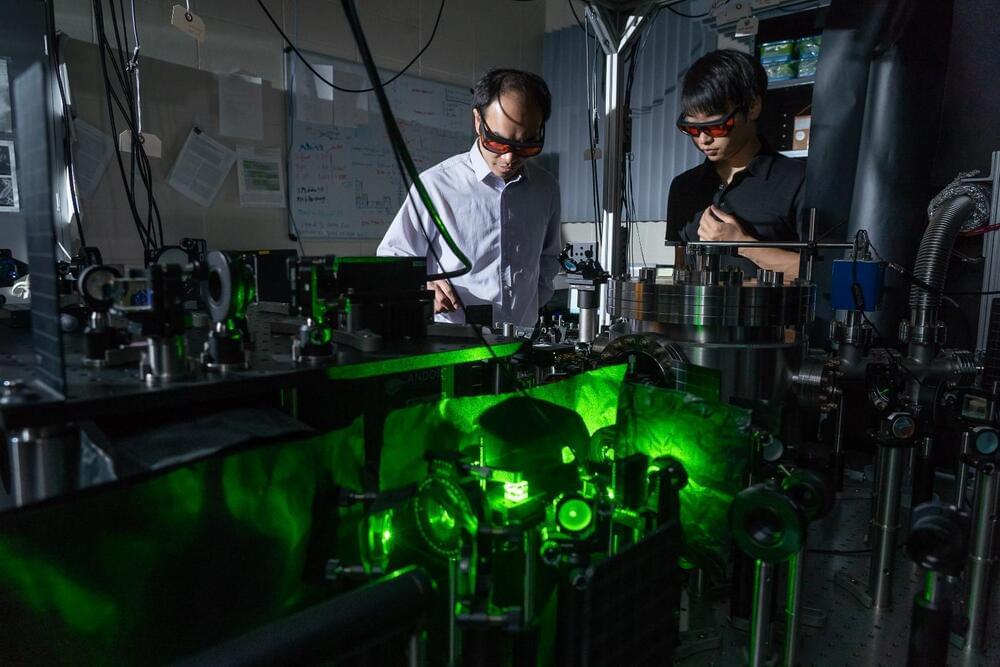
Circa 2018
Back in July 2018, researchers at Purdue University created the world’s fastest-spinning object, which whipped around at 60 billion rpm – and now that seems like the teacup ride at Disneyland. The same team has now broken its own record using the same technique, creating a new nano-scale rotor that spins five times faster.
Like the earlier version, the whirling object in question is a dumbbell-shaped silica nanoparticle suspended in a vacuum. When it’s set spinning, this new model hit the blistering speed of over 300 billion rpm. For comparison, dentist drills are known to get up to about 500,000 rpm, while the fastest pulsar – which is the speediest-spinning known natural object – turns at a leisurely 43,000 rpm.
Setting this record involves shining two lasers at the nanoparticle. One holds it in place, while the other starts it spinning. When the photons that make up light strike an object, they exert a tiny amount of force on it, known as radiation pressure. Normally this force is too weak to have any noticeable effect, but in a vacuum where there’s very little friction record speeds can be reached. That’s the case here, and it also applies to the concept of light sails, which could one day propel spacecraft at high speeds.
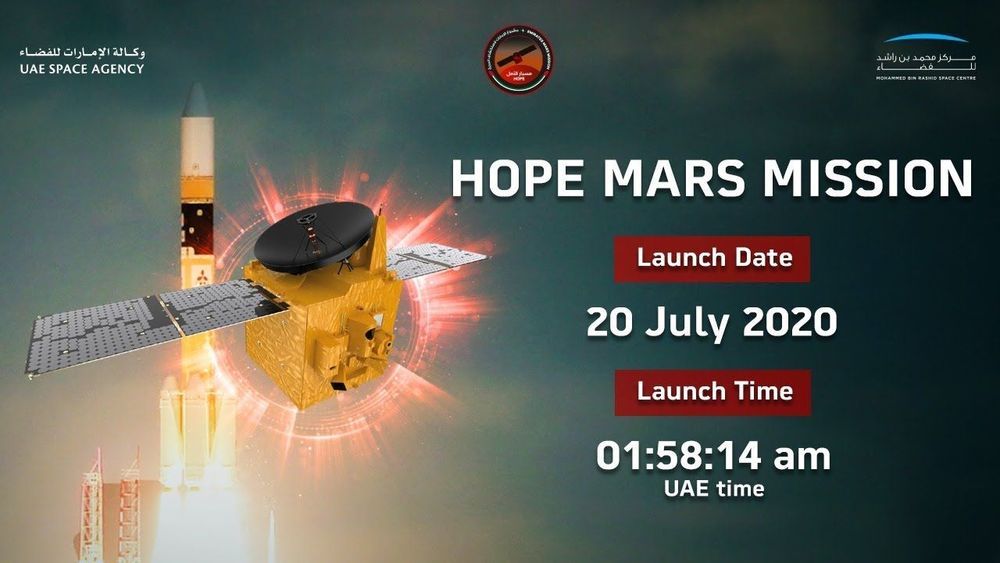
The United Arab Emirates is counting down to the launch of its first interplanetary space mission today — one that will send a spacecraft called “Hope” to orbit Mars. The Emirates Mars Mission will aim to provide a global snapshot of the weather on the Red Planet. It will also be a source of pride for the UAE as the country celebrates the 50th anniversary of its founding in December of 2021.
To ensure that Hope is actually at Mars by the anniversary, the UAE must launch this summer. Planetary scientists have a very small window every two years to send spacecraft to Mars, when the Red Planet and Earth closely align on their orbits. If Hope launches in July, the spacecraft will spend the next seven months traveling to Mars, arriving sometime in February — leaving it plenty of time in orbit before the anniversary.
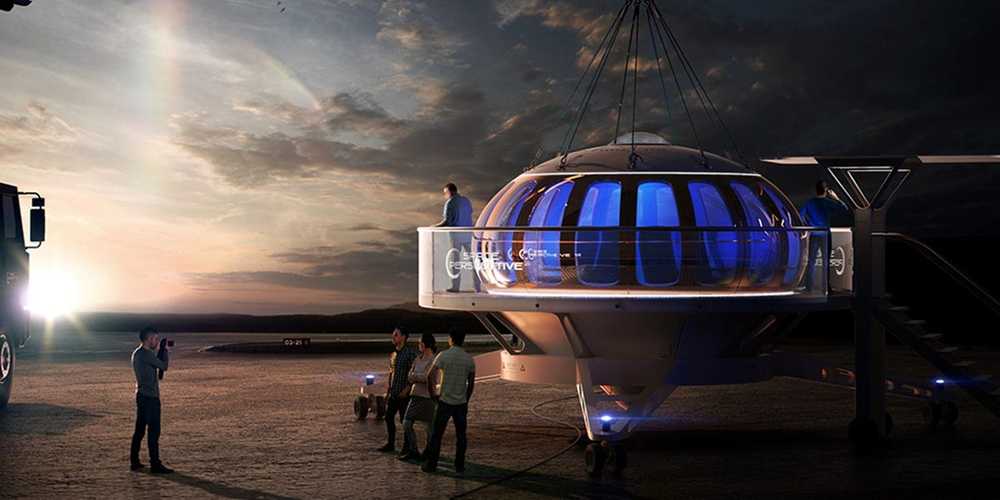
It’s first uncrewed flight will take place early 2021 and it is set to launch from NASA’s Kennedy Space Center’s Shuttle Landing Facility in Florida.
Space Perspective is building a balloon that will be able to transport passengers and research equipment to the “edge of space.”
There are several companies looking to enter the emerging “space tourism” marketplace, but Space Perspective sets itself apart with its balloon design, named Spaceship Neptune. This balloon will accompany a pressurized and spacious cabin, creating a comfortable traveling experience for its passengers, according to its maker.
The final goal is to carry passengers and research equipment to and from above 99% of the atmosphere, but its first flight in 2021 from NASA’s Kennedy Space Center’s Shuttle Landing Facility in Florida will be unmanned. In order to accommodate these plans, Space Neptune’s balloon will be the size of a football field and will release almost no emissions, according to its maker.
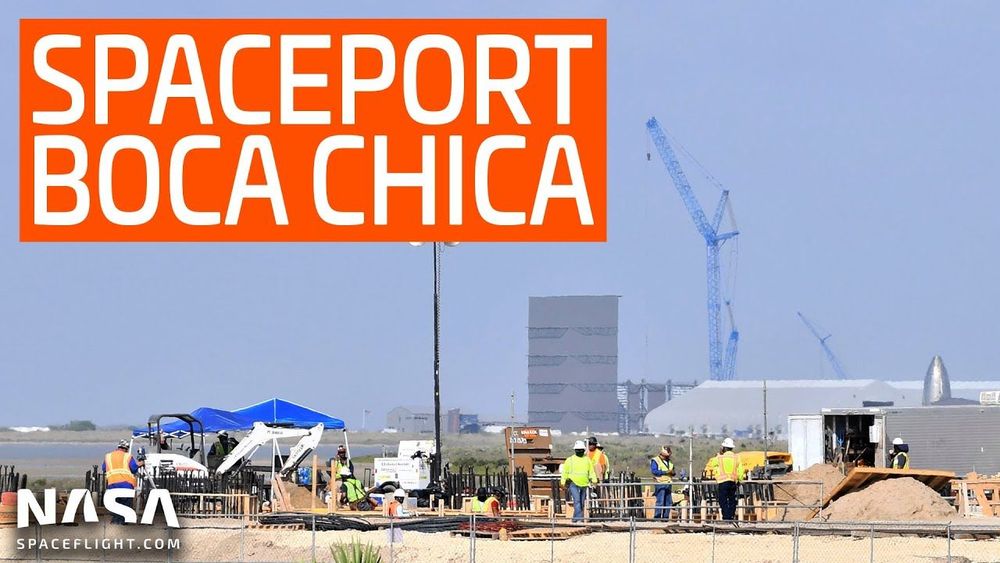
Featured Image Source: u/TomHockenberry via Reddit.
SpaceX is developing its next-generation launch vehicle — Starship — at the company’s South Texas facility located in Boca Chica Beach, Brownsville, TX. Elon Musk, the founder of SpaceX, runs 24/7 operations to develop the stainless-steel spacecraft before the year 2022. SpaceX’s first private customer, Japanese entrepreneur Yusaku Maezawa, booked a journey around the moon aboard Starship scheduled for 2023. NASA also selected SpaceX to develop a Starship Lunar Lander as part of the agency’s Artemis program which aims to take the first woman and the next mand to the moon’s surface by 2024. Musk recently shared he still hopes to launch a cargo mission to Mars in 2022 and deploy the first humans to the Red Planet aboard Starship in mid-2024. The company is certainly working on a tight schedule to meet these ambitious timelines.
In June, Musk reportedly told SpaceX’s 7,000 employees that the company’s top priority is Starship development. According to CNBC news, in an email Musk sent to employees he wrote – “Please consider the top SpaceX priority (apart from anything that could reduce Dragon return risk) to be Starship.” He told his teams – “We need to accelerate Starship progress,” and asked them to “consider spending significant time” in Boca Chica to help the company accelerate Starship development, “For those considering moving, we will always offer a dedicated SpaceX aircraft to shuttle people,” he wrote.
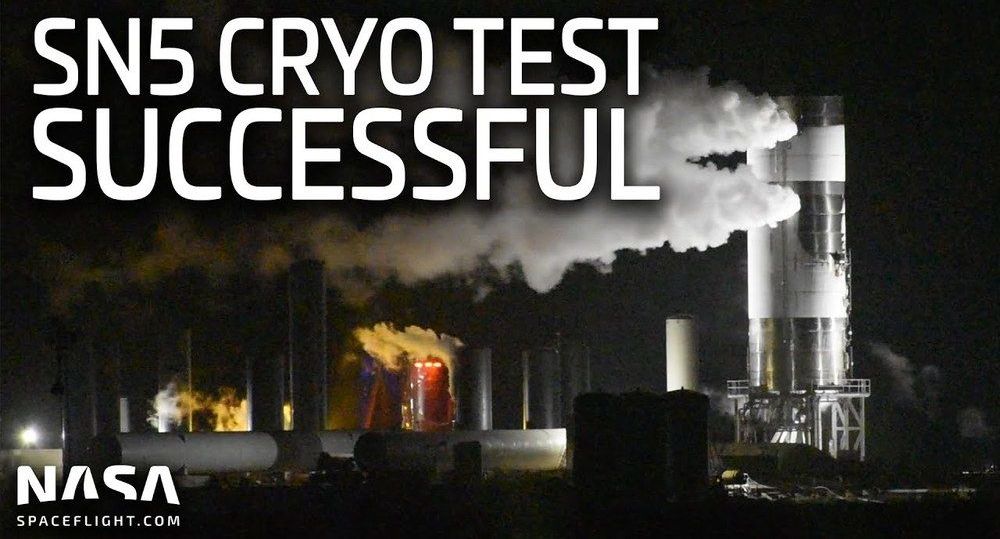
Starship SN5 is finally set to begin Raptor engine testing this weekend after a successful cryogenic proof test on July 1. If the static fire test is successful, it will clear the way for a 150-meter hop test as early as next week. The 150-meter hop will be the first test flight of a full-scale Starship tank section.